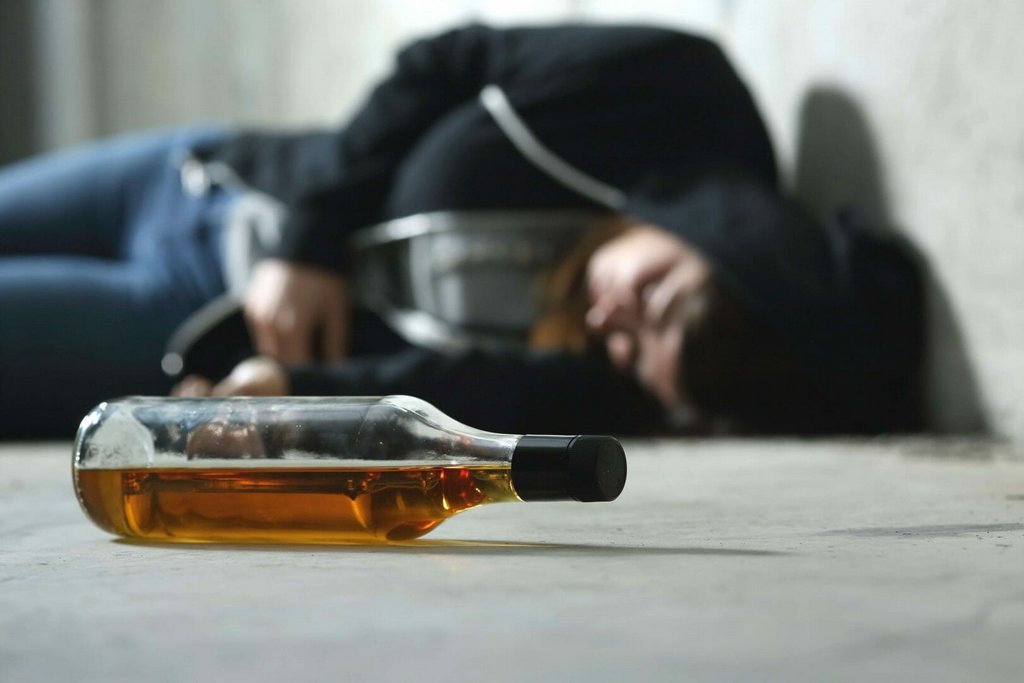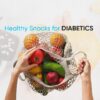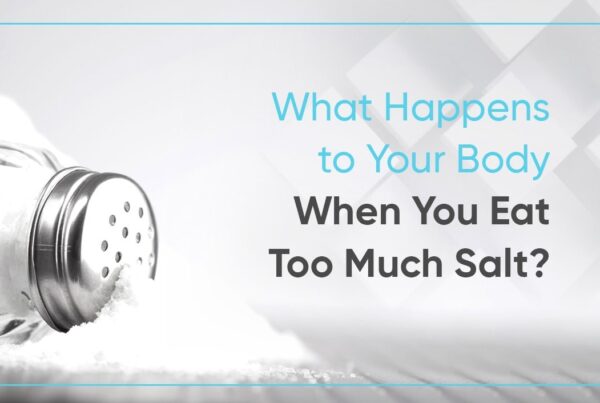Heads up
Alcohol use disorder is a pattern of alcohol use that involves problems controlling your drinking, being preoccupied with alcohol, continuing to use alcohol even when it causes problems, having to drink more to get the same effect, or having withdrawal symptoms when you rapidly decrease or stop drinking.
People with alcohol use disorder will continue to drink even when drinking causes negative consequences, like losing a job or destroying relationships with people they love. They may know that their alcohol use negatively affects their lives, but it’s often not enough to make them stop drinking.
Unhealthy alcohol use includes any alcohol use that puts your health or safety at risk or causes other alcohol-related problems. It also includes binge drinking — a pattern of drinking where a male consumes five or more drinks within two hours or a female downs at least four drinks within two hours. Binge drinking causes significant health and safety risks.
Alcohol abuse happens when – Some people may drink alcohol to the point that it causes problems, but they’re not physically dependent on alcohol. This used to be referred to as alcohol abuse.
Causes
The cause of alcohol use disorder is still unknown. Alcohol use disorder develops when you drink so much that chemical changes in the brain occur. These changes increase the pleasurable feelings you get when you drink alcohol. This makes you want to drink more often, even if it causes harm.
Health risks of chronic heavy drinking
LIVER DISEASE
- Alcohol is mostly metabolized in the liver, which is why the liver is particularly at risk of damage. Alcoholic liver disease is influenced by the amount and duration of alcohol abuse. Chronic, heavy drinking poses a substantial risk for its development. Chronic drinking alters the liver’s metabolism of fats, and excess fat accumulates in the liver.
- Other effects on the liver include long-term Inflammation, called alcoholic Hepatitis (Heavy alcohol use, toxins, some medications, and certain medical conditions can cause hepatitis) This leads to scar tissue.
PANCREATITIS
- The pancreas is a long, flat gland that sits tucked behind the stomach in the upper abdomen. The pancreas produces enzymes that help digestion and hormones that help regulate the way your body processes sugar (glucose).
- Over consumption of alcohol can lead to pancreatitis, a painful inflammation of the pancreas that often requires hospitalization. Around 80 percent of cases of pancreatitis affect people who regularly drink large amounts of alcohol.
CANCER
ULCER AND GASTROINTESTINAL PROBLEMS
- Heavy drinking can cause problems with the digestive system, such as stomach ulcers, acid reflux, heartburn, and inflammation of the stomach lining, known as gastritis.
- Alcohol interferes with gastric acid secretion. It can delay gastric emptying, and it can impair the muscle movements in the entire bowel
BRAIN DAMAGE
- Alcohol is associated with blurred vision, memory lapses, slurred speech, difficulty walking and slowed reaction time. These are all due to its effects on the brain.
- As alcohol is the central nervous system (CNS), it causes difficulty with processing information and poses challenges with solving simple problems.
- It also disrupts fine motor coordination and balance, often leading to injuries from falls.
- Excessive drinking can cause “blackouts” or the inability to remember events.
- Long-term heavy drinking can speed up the brain’s normal aging process, resulting in early and permanent dementia.
OSTEOPOROSIS
- Osteoporosis increases the risk of fractures, especially in the proximal femur of the hip.
- Alcohol interferes with the balance of calcium, vitamin D production, and cortisol levels, adding to the potential weakening of bone structure.
- People who drink more are more likely to fracture a vertebra than those who do not.
- Drinking high quantities of alcohol during adolescence increases the risk of osteoporosis later in life.
Symptoms
Alcohol use disorder can be mild, moderate or severe, based on the number of symptoms you experience. Signs and symptoms may include:
- Being not able to control the amount of alcohol you drink
- Wanting to cut down on how much you drink or making unsuccessful attempts to do so
- Spending a lot of time drinking, getting alcohol or recovering from alcohol use
- Feeling a strong craving or urge to drink alcohol
- Failing to fulfill major obligations at work, school or home due to repeated alcohol use
- Continuing to drink alcohol even though you know it’s causing physical, social or interpersonal problems
- Giving up or reducing social and work activities and hobbies
- Developing a tolerance to alcohol so you need more to feel its effect or you have a reduced effect from the same amount
What is accounted as 1 drink?
The National Institute on Alcohol Abuse and Alcoholism defines one standard drink as any one of these:
- 12 ounces (355 milliliters) of regular beer (about 5 percent alcohol)
- 8 to 9 ounces (237 to 266 milliliters) of malt liquor (about 7 percent alcohol)
- 5 ounces (148 milliliters) of unfortified wine (about 12 percent alcohol)
- 1.5 ounces (44 milliliters) of 80-proof hard liquor (about 40 percent alcohol)









